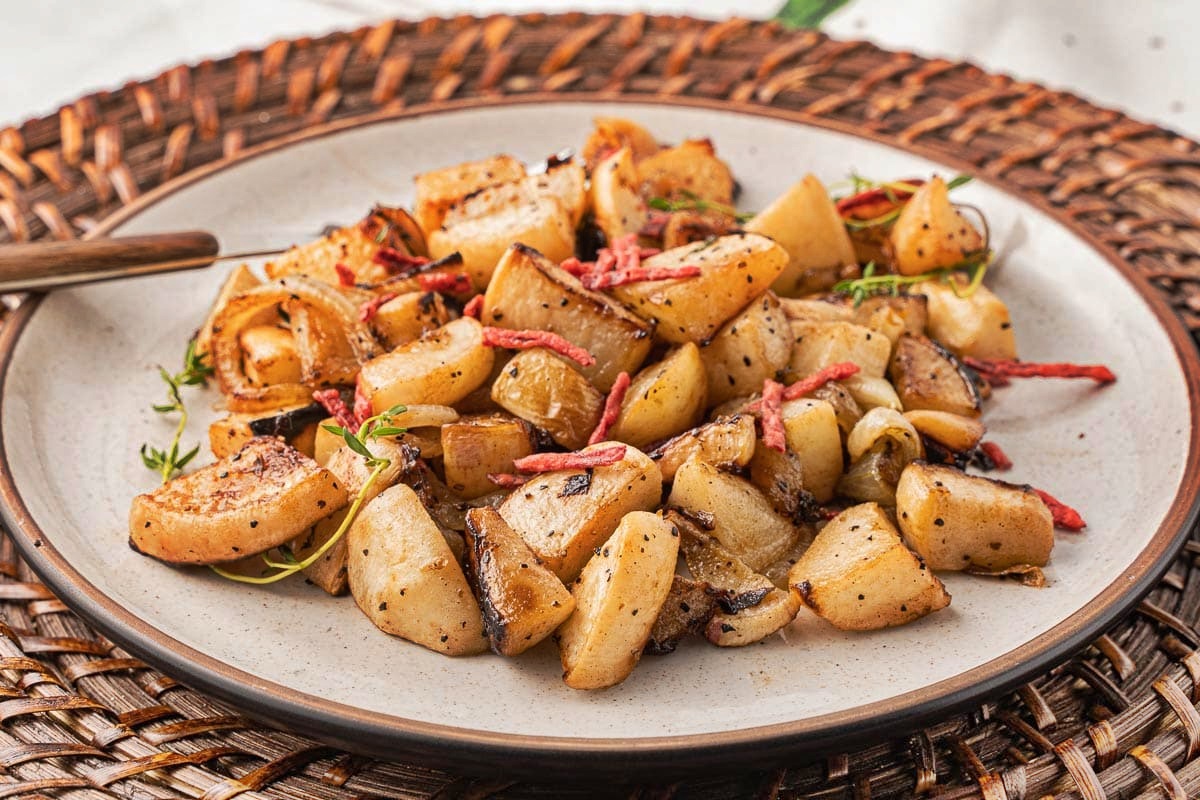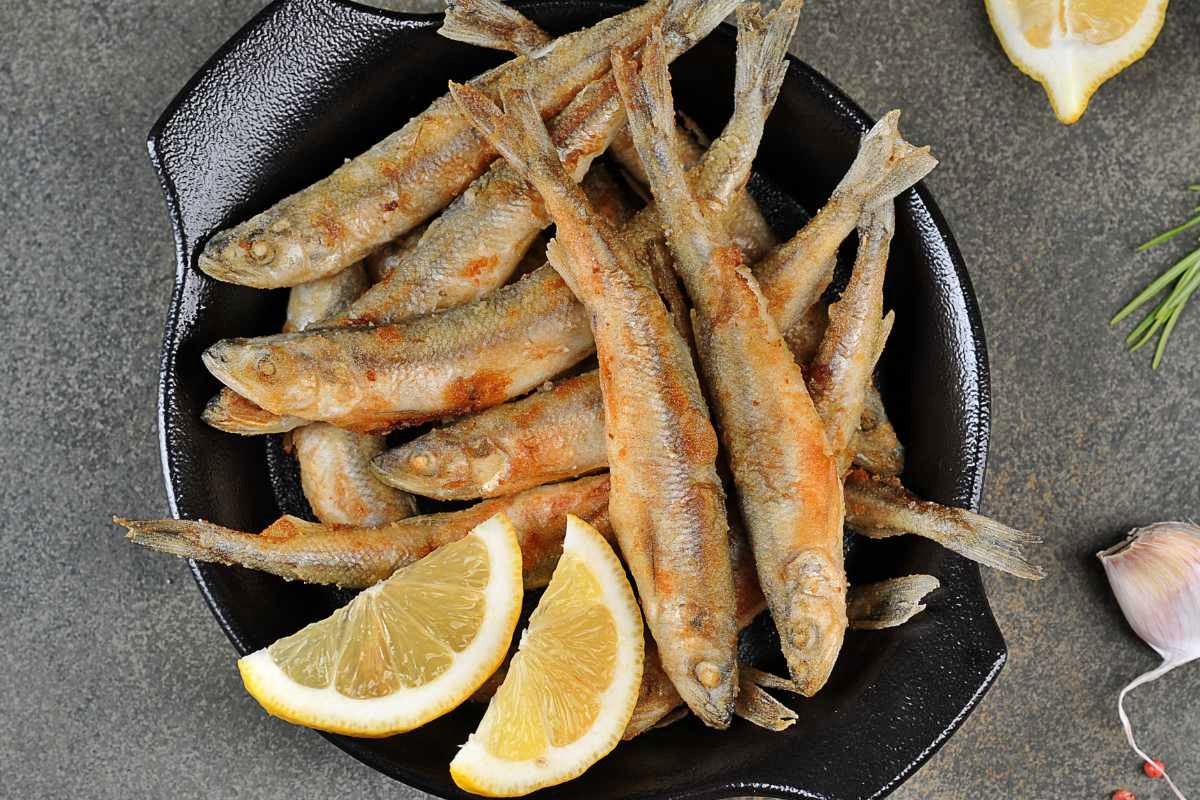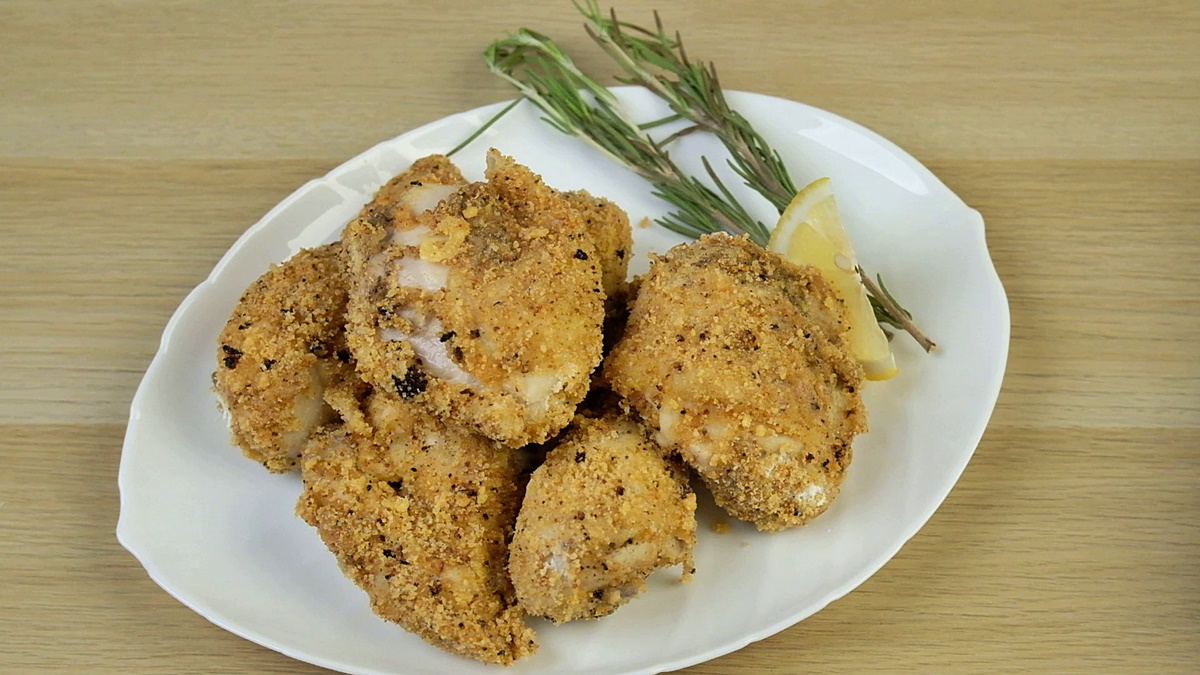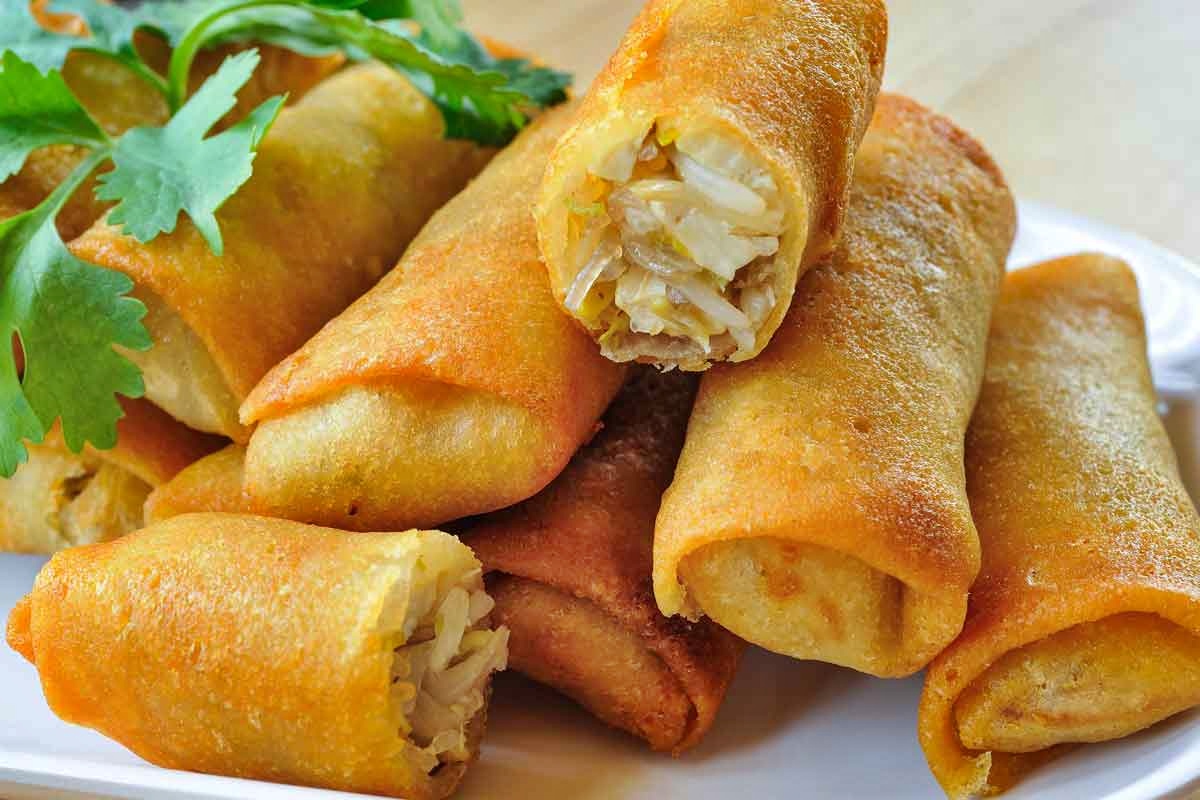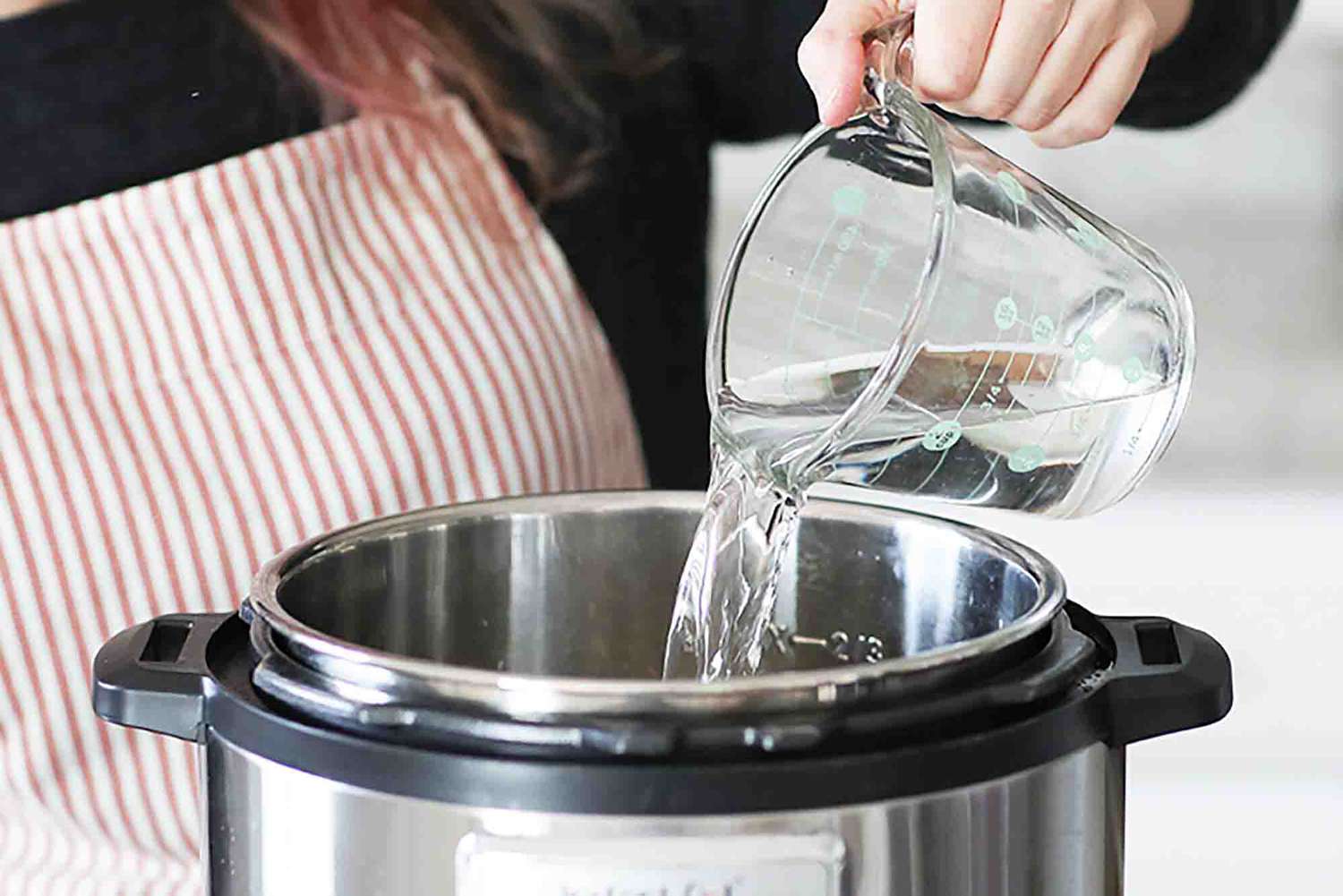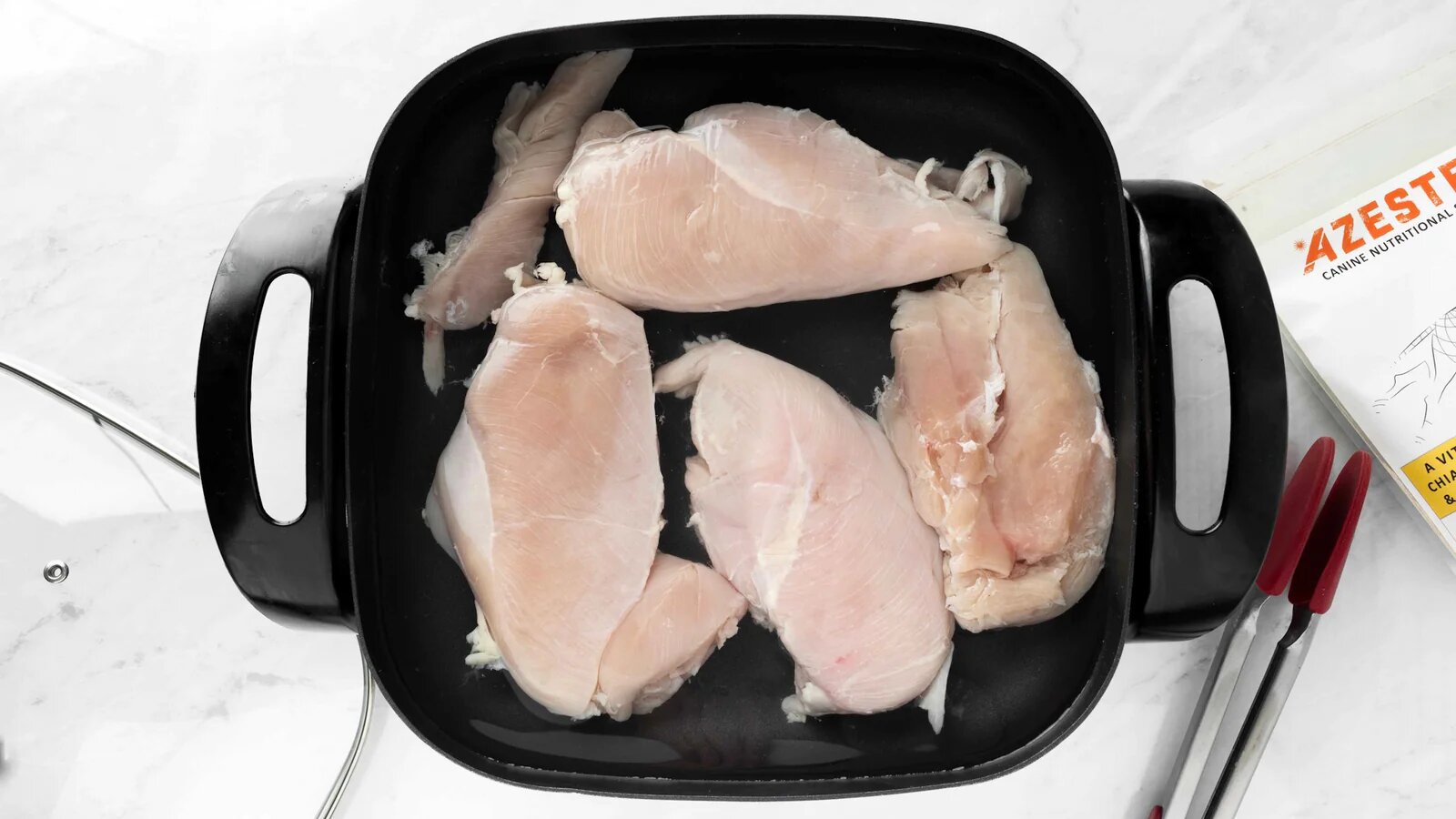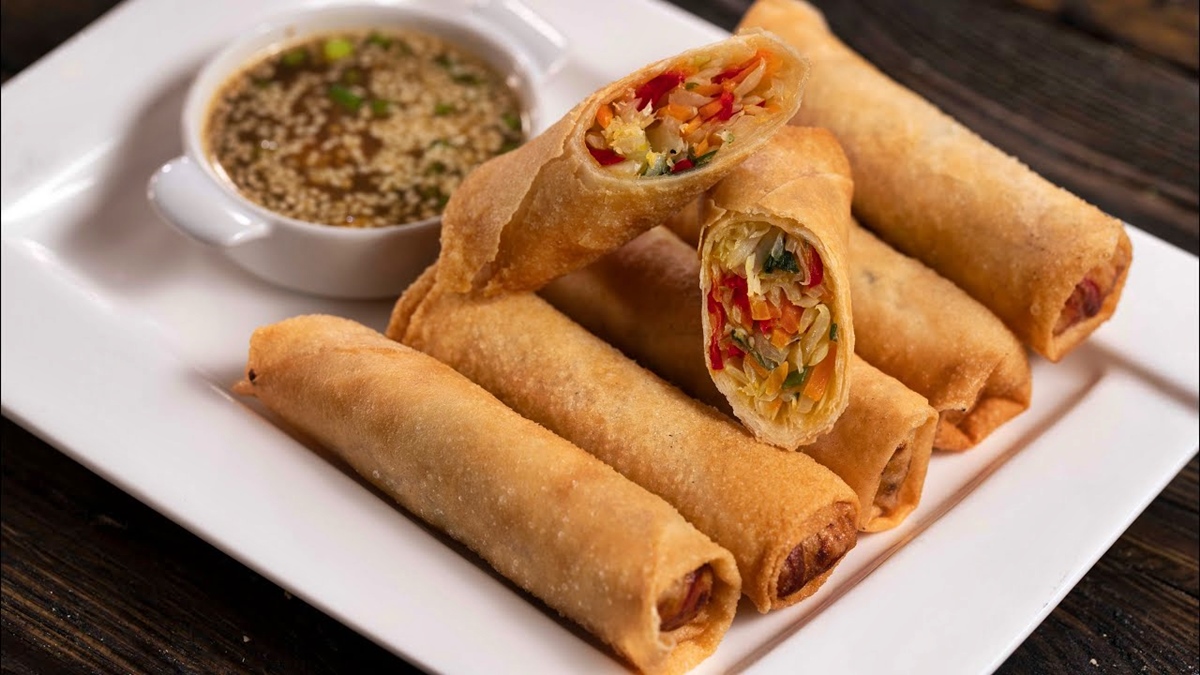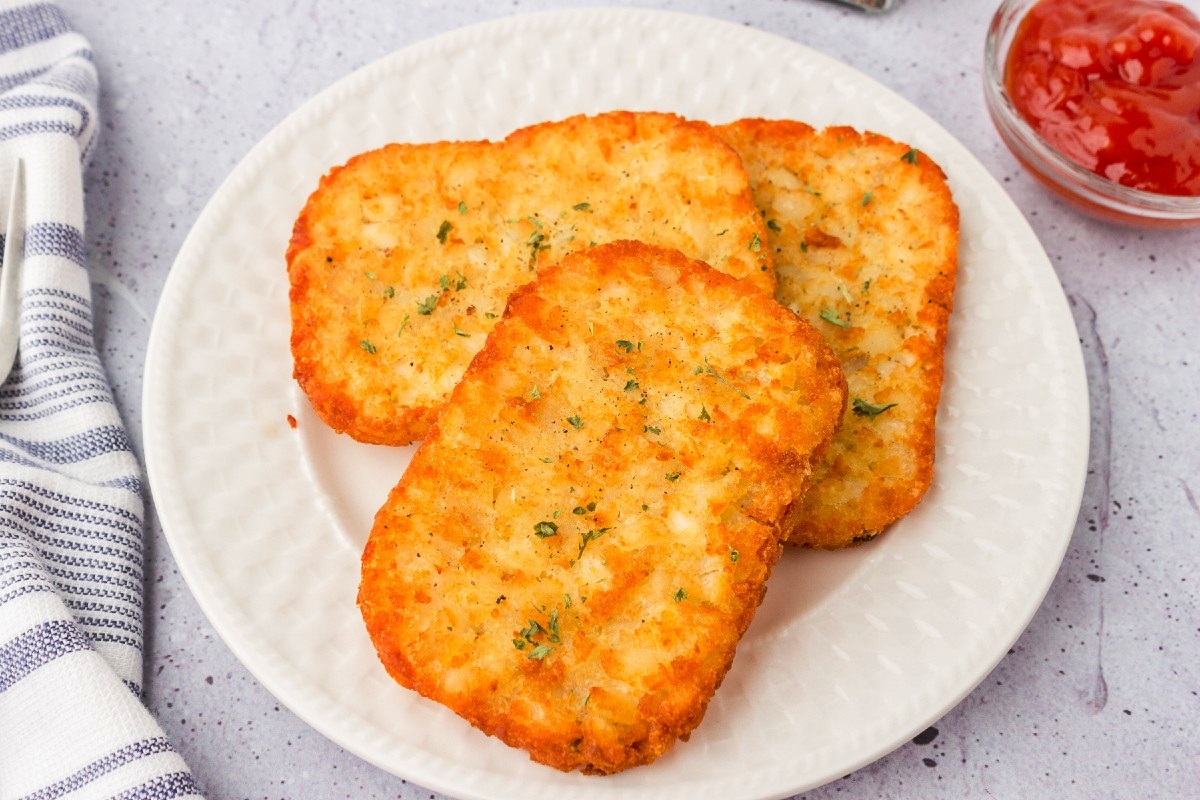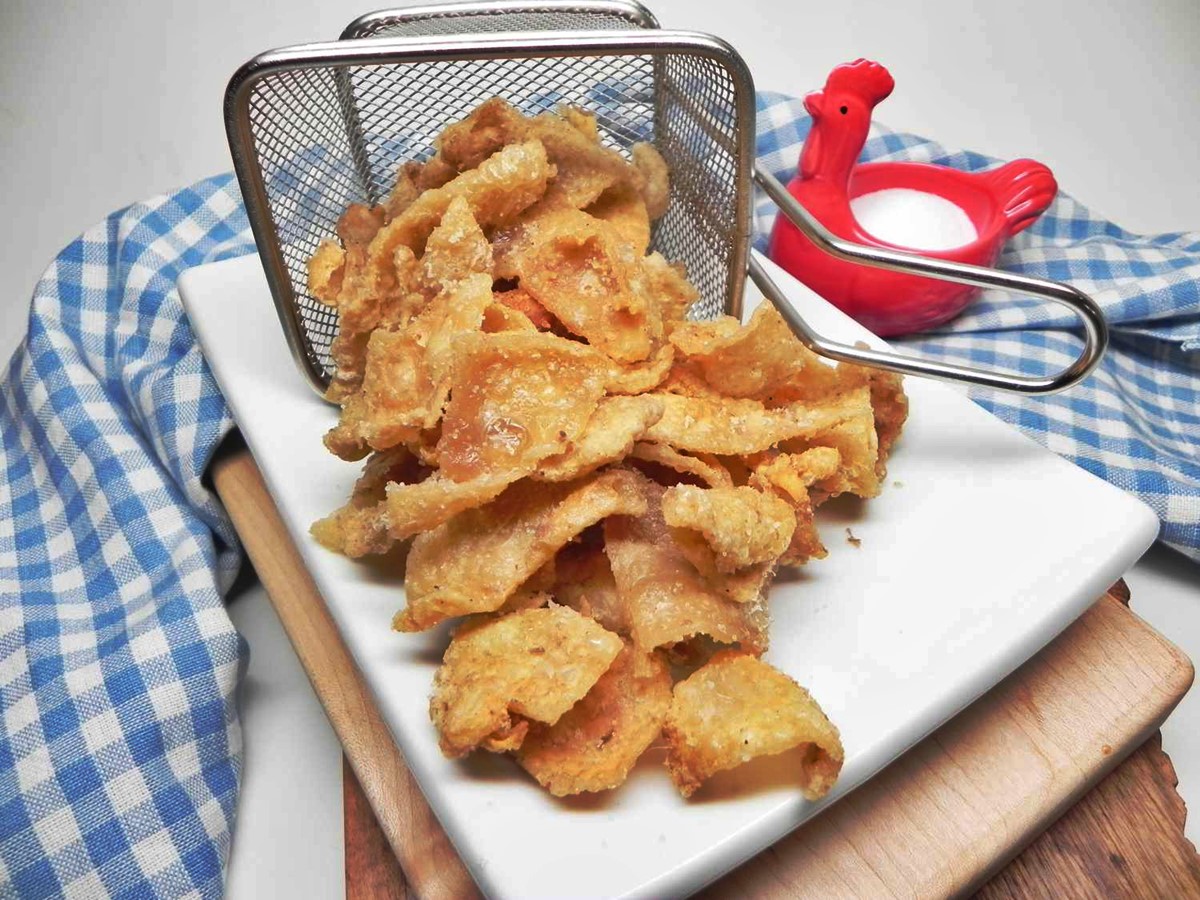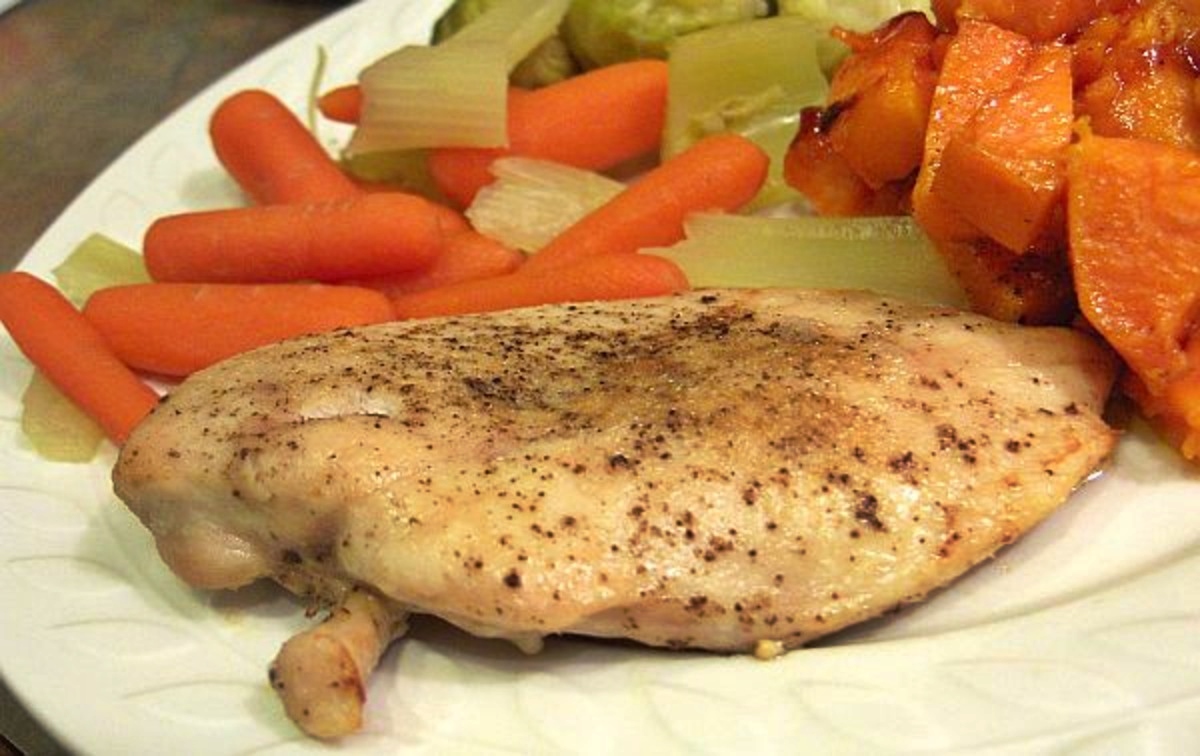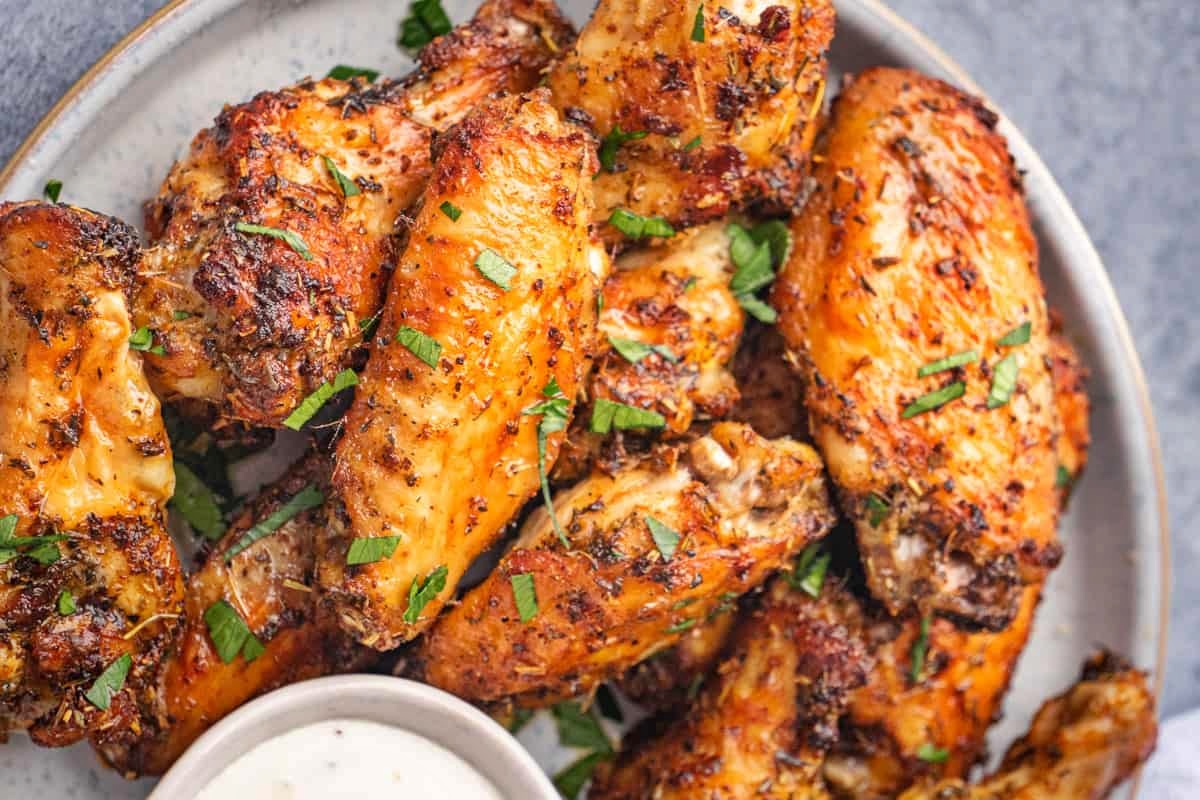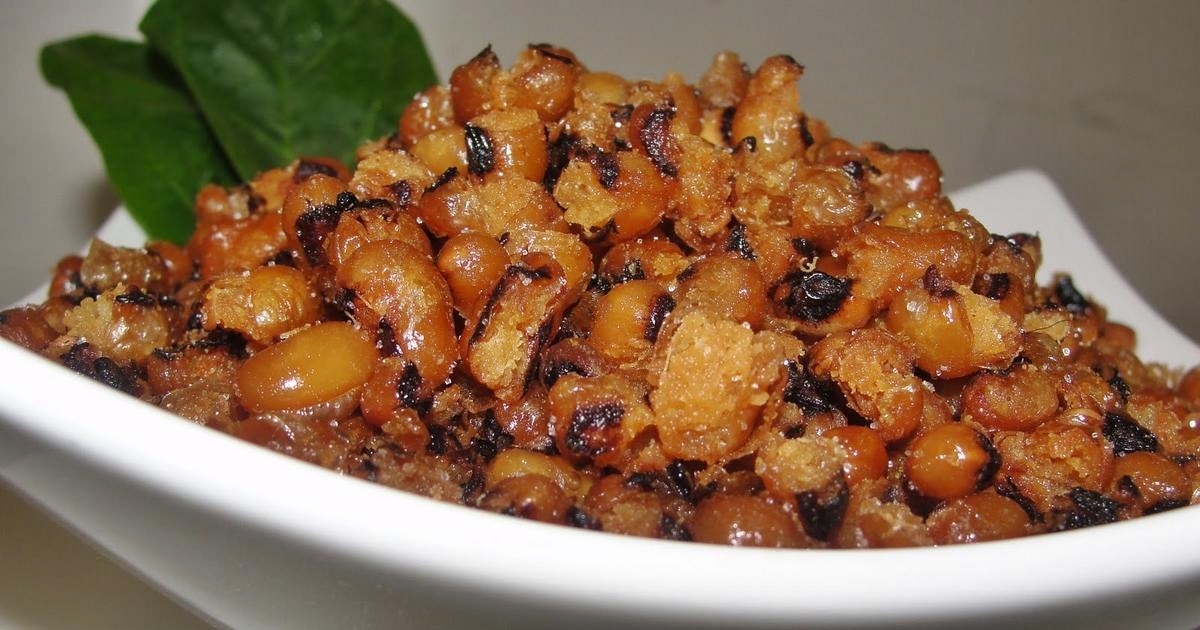How To Fry Potato Wedges
Are you craving some crispy and delicious potato wedges? Look no further! In this article, we will guide you through the simple and satisfying process of frying potato wedges to perfection. Get ready to impress your taste buds and wow your friends and family with this easy-to-follow recipe.
Ingredients:
- 4 large potatoes
- Vegetable oil for frying
- Salt, to taste
- Seasonings of your choice (optional)
Instructions:
- Start by washing the potatoes thoroughly. You can keep the skin on for extra flavor and texture, or peel them if you prefer.
- Cut each potato into wedges of equal size. Aim for about ½ inch to 1 inch in thickness, depending on your preference.
- Next, place the potato wedges in a bowl of cold water. This will help remove excess starch and make them crispier when fried. Let them soak for about 15 minutes, then drain and pat dry with a paper towel.
- In a deep frying pan or a deep fryer, heat vegetable oil to about 350°F (175°C).
- Gently lower the potato wedges into the hot oil, ensuring not to overcrowd the pan. Fry them in batches if necessary.
- Cook the wedges for about 3-4 minutes, or until they turn golden brown and crispy.
- Using a slotted spoon or tongs, carefully remove the fried wedges from the oil and place them on a paper towel-lined plate to absorb any excess oil.
- While the wedges are still hot, season them with salt and any other preferred seasonings, such as garlic powder, paprika, or dried herbs.
- Toss the wedges gently to evenly distribute the seasonings and let them cool slightly before serving.
Tips and Tricks:
- For even crispness, make sure the oil is hot enough before adding the potato wedges. Use a thermometer to maintain the optimal frying temperature.
- For a healthier alternative, you can bake the potato wedges in the oven. Preheat the oven to 425°F (220°C) and bake for about 25-30 minutes, flipping them halfway through.
- Experiment with different seasonings to give your potato wedges a flavorful twist. Try Cajun seasoning, chili powder, or even parmesan cheese for that extra kick!
- Serve the fried potato wedges with your favorite dipping sauce, such as ketchup, mayonnaise, or sour cream. They make a fantastic side dish or a tasty snack on their own!
Now that you have mastered the art of frying potato wedges, it’s time to enjoy the crunchy goodness. Whether you’re serving them at a party, as a side dish, or as a snack, these homemade wedges are sure to satisfy your cravings.
So, what are you waiting for? Gather your ingredients, heat up that oil, and get ready for a delicious potato wedges experience like no other!
For those looking to expand their potato repertoire, the article offers a myriad of recipes that will put your frying skills to good use. Start with the Classic French Fries Recipe, a timeless favorite that will help you master the basics. Once you're comfortable, try the Garlic Parmesan Potato Wedges Recipe for a flavorful twist, or spice things up with the Spicy Cajun Potato Wedges Recipe. For a sweet alternative, the Sweet Potato Fries Recipe is a must-try, while the Loaded Baked Potato Wedges Recipe offers a hearty, indulgent option. Finally, for a gourmet touch, don't miss the Truffle Oil Potato Wedges Recipe, which brings a luxurious depth of flavor. Each of these recipes utilizes the frying techniques discussed in the guide, ensuring perfect results every time.
Was this page helpful?
Read Next: How To Fry Eggplant In Air Fryer
